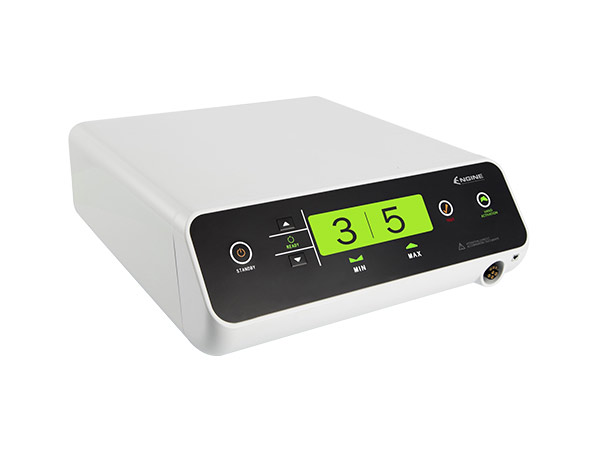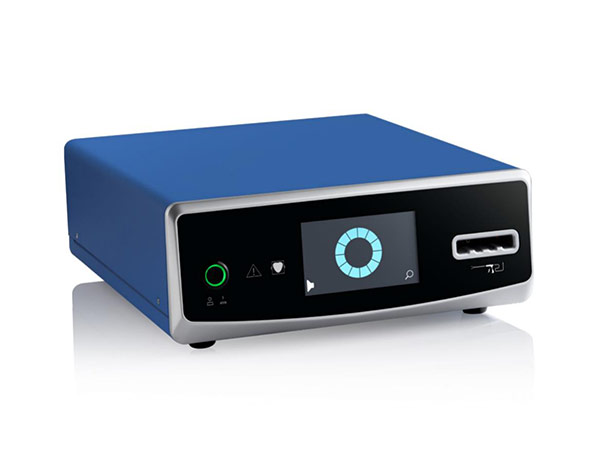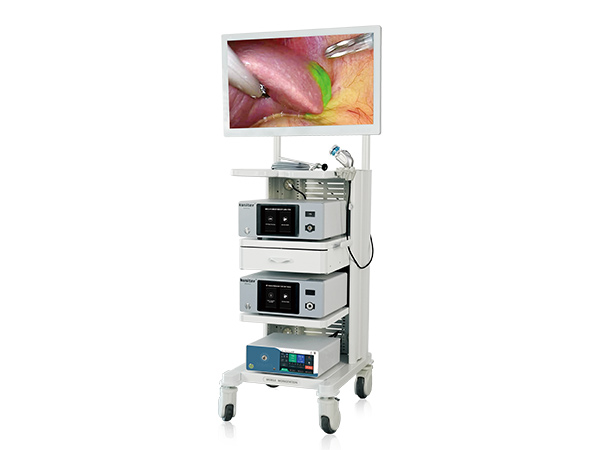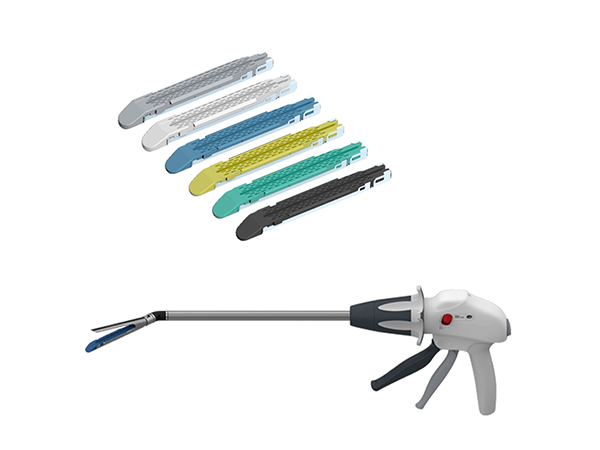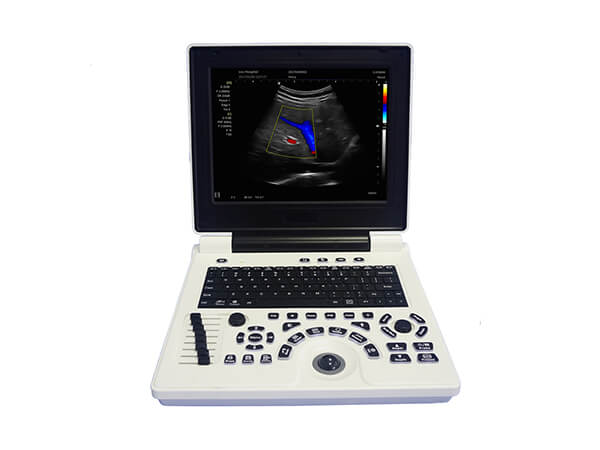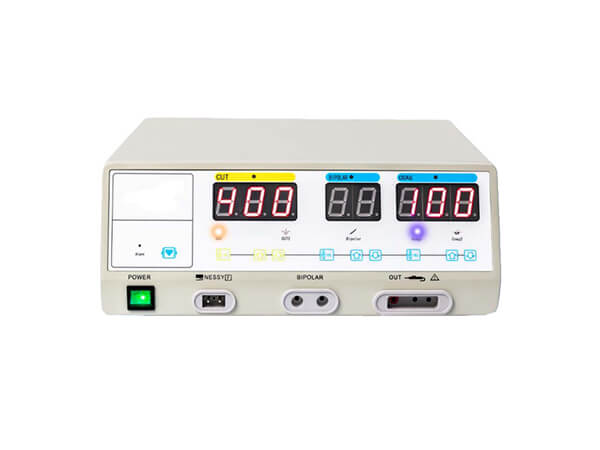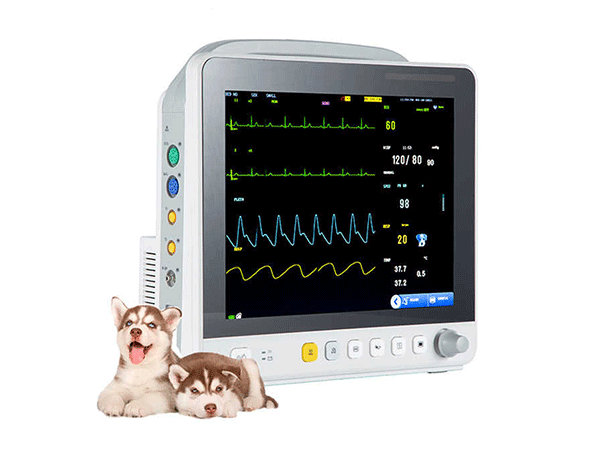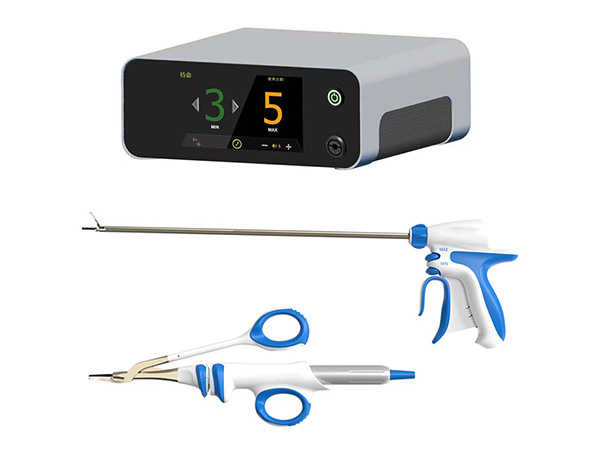What is Endoscopic Surgery?
Endoscopic surgery is a minimally invasive procedure that uses an endoscope (a thin, flexible tube with a camera and light at the end) to view internal organs or tissues without large incisions. The endoscope is inserted through small incisions or natural body openings such as the mouth, nose, or other entry points, depending on the area being treated. This technique is commonly used in various medical fields, including gastroenterology, orthopedics, gynecology, and urology. There are many types of endoscopes, such as colonoscopes, bronchoscopes, laparoscopes, arthroscopes, cystoscopes, ureteroscopes, and esophagogastroduodenoscopes.

Why is Endoscopic Surgery Needed?
Endoscopic surgery is preferred over traditional open surgery due to its minimally invasive nature. It offers several advantages, such as reduced patient pain, faster recovery times, minimal scarring, and lower infection risks. It is widely used for procedures like gallbladder removal, sinus surgery, joint surgery, and certain cancer treatments.
How is Endoscopic Surgery Performed?
During endoscopic surgery, the surgeon makes a small incision in the patient's skin and inserts the endoscope into the body cavity. The endoscope has a lens that magnifies internal images. Once inside, the surgeon uses the endoscope to view the organs and perform the surgery.
Examples of Endoscopic Surgery
Examples of endoscopic surgery include:
• Colonoscopy—used to examine the entire colon and remove polyps and tumors.
• Bronchoscopy—performed to remove foreign objects from the airways.
• Laparoscopy—used to diagnose and treat abdominal diseases.
• Arthroscopy—used to repair damaged joints.
Classification of Endoscopes
Flexible endoscopes: Mainly used for gastrointestinal, respiratory systems, and some special surgeries (such as examining the inside of small joints). They are flexible and can navigate through the body's curves.
Rigid endoscopes: Typically used for orthopedic or ear, nose, and throat (ENT) surgeries. They have a fixed shape for clear, direct viewing of the surgical area. Capsule endoscopes: A newer type of endoscope that is a small camera capsule swallowed by the patient. It captures images as it travels through the digestive tract and is used to examine the small intestine.
Main Components of an Endoscope
Light source: Provides illumination to enhance visibility inside the body.
Camera: Captures and transmits images. In modern endoscopes, this is usually a high-definition digital camera.
Flexible tube: In flexible endoscopes, this part contains optical fibers for transmitting light and images and can bend to navigate inside the body.
Operating clamp: Allows the doctor to manipulate the endoscope tip and operate tools for procedures like biopsies or fluid removal.
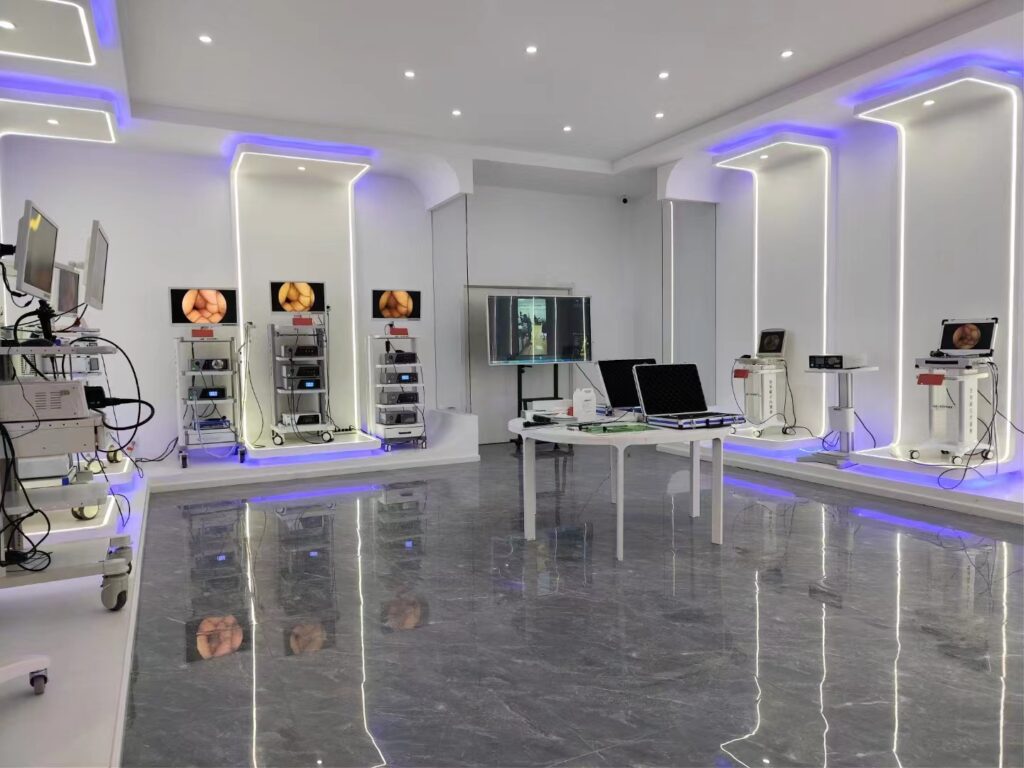
These components work together to provide a minimally invasive method for diagnosing, observing, and treating diseases inside the body, reducing the need for open surgery and shortening recovery times.

